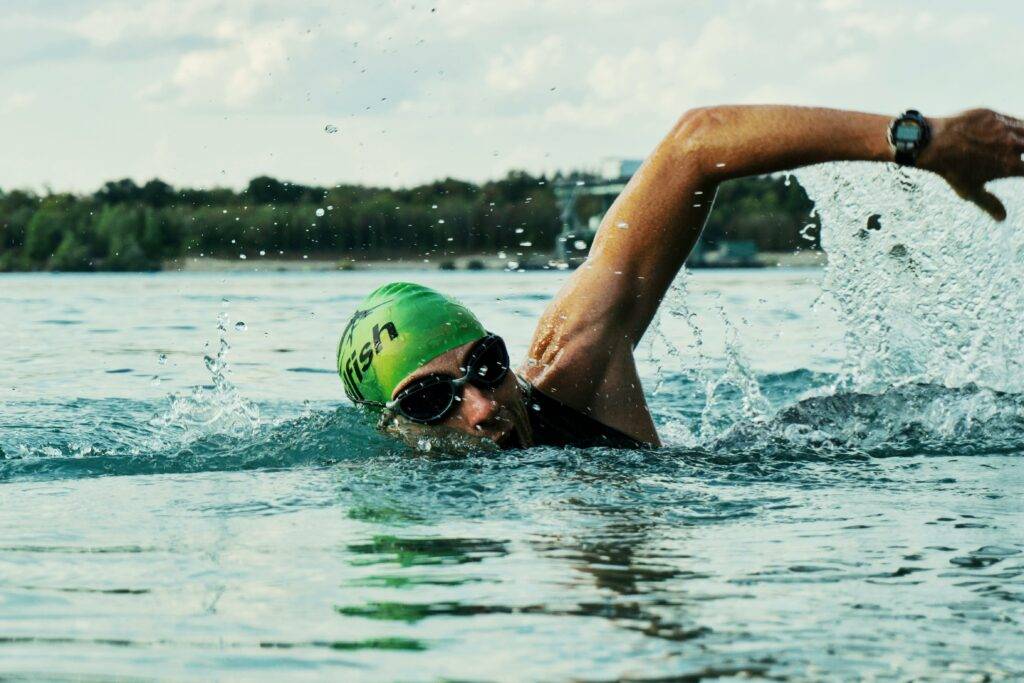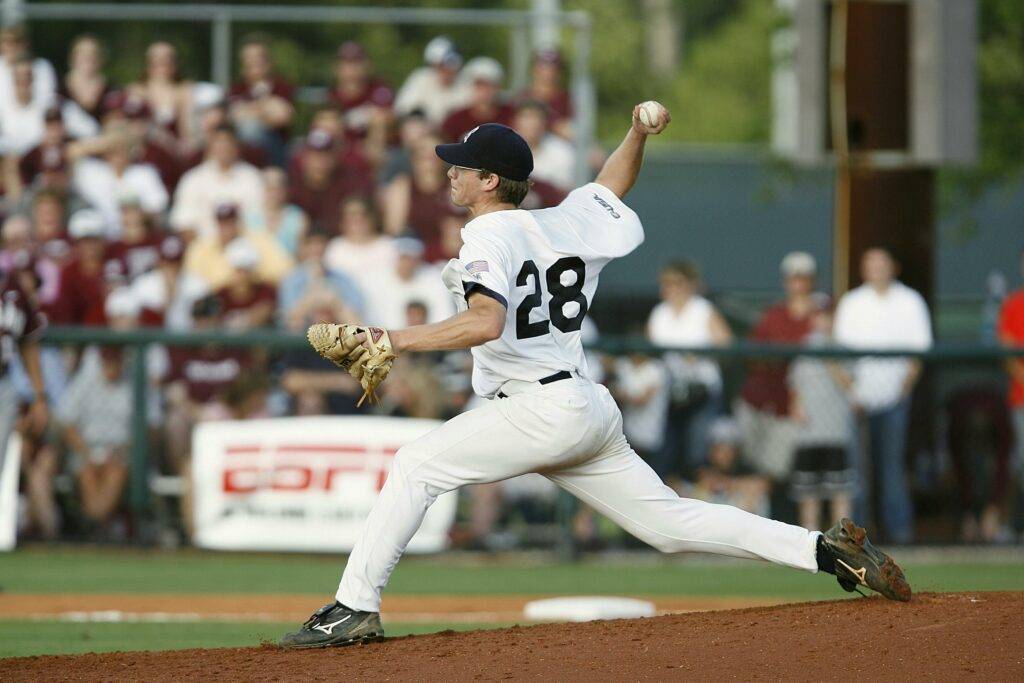Men's College Swimming
Scholarships
How to Secure a Men’s College Swimming Scholarship
Securing a college swimming scholarship can seem challenging, but with the right understanding of the recruitment process and tools like Athlete Pipeline, you can significantly increase your chances. Here’s a breakdown of key details, including scholarship opportunities, division-specific requirements, and practical tips to help you reach your swimming scholarship goals.
New NCAA Men’s Swimming Scholarship Limits
Starting in 2025, pending NCAA approval, Division 1 men’s swimming programs may see new scholarship limits. Key changes could include:
- Up to 30 Scholarships: An increase from the current limit of 9.9.
- Roster Cap of 30 Swimmers: Ensuring focused team support.
- Equivalency Model: Scholarships may still be divided, allowing a mix of full and partial awards.
While schools may not reach these maximum limits, this potential increase offers expanded opportunities for swimmers to receive financial support. Staying updated with Athlete Pipeline ensures you’re aware of the latest recruiting and scholarship changes.
Can You Get a Scholarship for Swimming?
Yes! Scholarships are available across NCAA, NAIA, and junior college divisions, with a focus on both athletic performance and academic readiness. Coaches value swimmers who can contribute in multiple events, including relays, positioning themselves as essential team members. By maintaining a profile on Athlete Pipeline, you can highlight your individual and relay times, update coaches on your progress, and improve your recruitment visibility.
Number of Men’s Swimming Scholarships by Division
Scholarships vary by division and are often split among team members. Here’s how they break down:
- NCAA Division 1: 130 teams, up to 30 scholarships starting 2025.
- NCAA Division 2: 81 teams with 8.1 scholarships.
- NCAA Division 3: 237 teams, no athletic scholarships.
- NAIA: 22 teams with up to 8 scholarships each.
- NJCAA and CCCAA: Up to 15 scholarships per team in NJCAA.
In equivalency sports like swimming, combining athletic scholarships with need-based or academic aid is common, maximizing financial support for athletes. Athlete Pipeline’s tools can help swimmers showcase their academic and athletic performance, giving coaches a complete picture of your potential.
Division 1 Swimming Scholarships
D1 men’s swimming programs offer some of the highest competition levels, with up to 30 scholarships per team (starting 2025). Coaches seek swimmers who meet Futures Championship time standards and excel academically. By using Athlete Pipeline to track your achievements, update times, and share highlights, you’ll keep your profile competitive and appealing to D1 programs.
Division 2 Swimming Scholarships
With a maximum of 8.1 scholarships per team, D2 programs are competitive, often attracting both domestic and international athletes. Though D2 times are slightly more flexible, the level remains high, and D2 may offer better scholarship opportunities or campus life. Athlete Pipeline can help you connect with D2 programs, showcasing your swimming and academic achievements.
Division 3 Swimming Scholarships
While D3 schools don’t offer athletic scholarships, high GPAs and test scores can lead to academic awards. Many athletes choose D3 for a balanced academic-athletic experience. With Athlete Pipeline, you can emphasize both academic and athletic strengths, keeping you visible to D3 coaches.
NAIA and Junior College Swimming Scholarships
- NAIA: Each team may offer up to 8 scholarships, supporting similar swimming standards to D3.
- Junior College: NJCAA programs provide a strong stepping stone to NCAA or NAIA programs, with 15 scholarships per team.
Junior college programs can be an ideal fit for athletes aiming to improve swim times or academics before transferring to higher divisions. Athlete Pipeline enables you to connect with these programs and create a recruitment pathway that fits your goals.
Best Colleges for Swimming Scholarships
Top NCAA Division 1 programs include Texas, California, and Stanford. In Division 2, strong teams include Delta State and Queens (NC), while Denison and Emory lead Division 3. NAIA and junior college programs like Keiser and NJCAA teams such as Indian River State College are also known for robust swimming scholarships.
How to Get a Swimming Scholarship
To increase your scholarship chances, research programs where your swim times and skills align with team needs. Coaches look for athletes who can excel in individual events and contribute to team success in relays. Athlete Pipeline allows you to update your profile with the latest times, connect with coaches, and ensure you remain on their radar.
When to Start Your College Swimming Recruiting Process
Start as early as possible—ideally by freshman year of high school. Coaches in Division 1 and 2 can initiate contact after June 15 of your sophomore year, but building a profile and reaching out to programs early gives you an advantage. Athlete Pipeline’s platform helps streamline this process, offering tools to organize your recruitment, stay in touch with coaches, and track key dates.
How to Make a Good Swimming Recruiting Video
A recruiting video can make a difference, especially when it highlights your technique and race performance. Showcase race footage, display times, and, for divers, add various dives from multiple angles. Including strength and conditioning footage can also demonstrate your athleticism. With Athlete Pipeline, you can upload and share your recruitment video easily, ensuring it’s accessible to coaches.
Takeaway
Securing a college swimming scholarship requires skill, planning, and proactive communication. Athlete Pipeline provides the tools to help swimmers manage their recruiting journey, connect with coaches, and maximize scholarship opportunities across divisions. Start building your profile today and take control of your swimming recruitment process!


